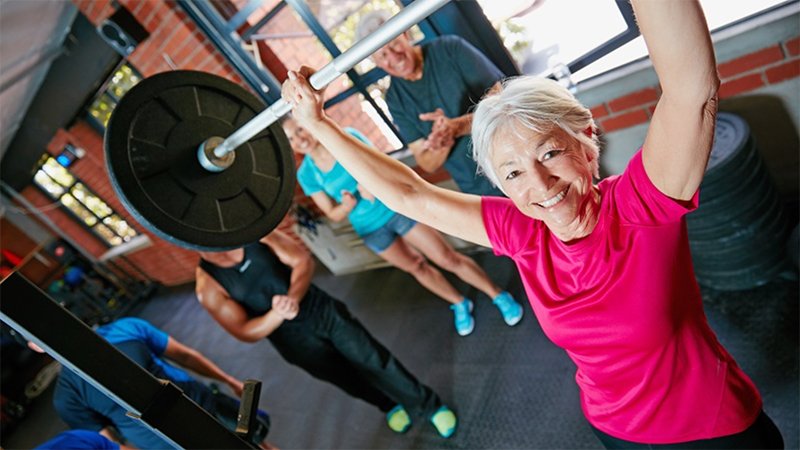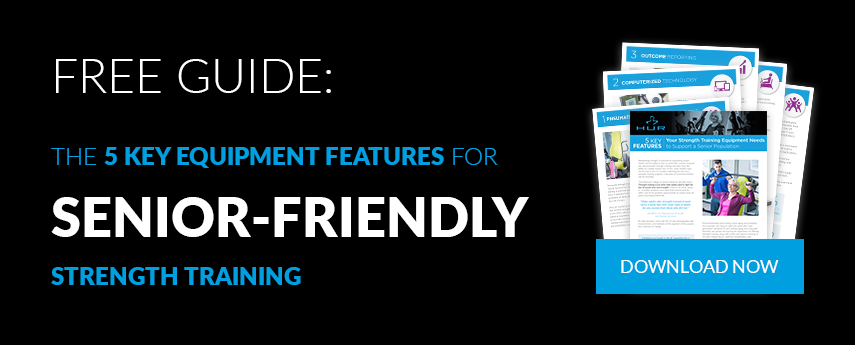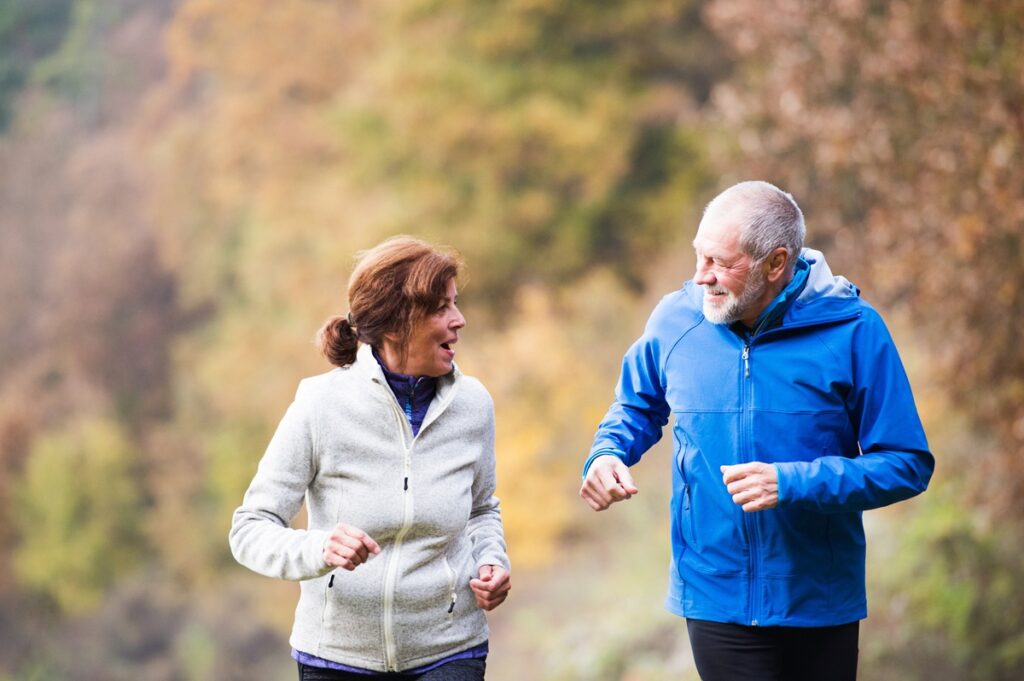High Intensity Interval Training is a Powerful Workout for Everyone At Any Age
From birth to around the age of 30, muscles grow larger and stronger. But at some point in our 30s,all of us embark on a steady progression of lessening muscle mass and function.
Most people understand that muscle loss (sarcopenia) is a natural process of aging. What many people don’t understand is that as we age, we not only get weaker from the loss of muscle fibers, we also lose velocity of movement. In other words, without intervention, we get both weaker and slower as the years go by.
This is why many health and fitness experts advocate for the inclusion of High Intensity Interval Training (HIIT) in the fitness plans of older adults. High-speed training has been used for decades to increase power in populations ranging from competitive athletes to older adults who want to reduce their risk of falling and minimize the loss of independence as they age.
HIIT is a form of exercise that includes a series of intense work and rest periods in measured intervals that's been shown to improve cardio fitness and build strength
HIIT training earns its “high-intensity” label honestly. For HIIT cardio workouts, the goal is often to work between 80% and 95% of your maximum heart rate. When applied to strength training, the goal is to complete as many repetitions of a major muscle group exercise as possible in a short time frame.
When done properly, HIIT workouts can accomplish a lot in a short amount of time.
Research shows that High Intensity Interval Training improves overall fitness, reduces body fat, and can even improve chronic conditions such as diabetes, heart disease, and metabolic syndrome. While these benefits are nothing to scoff at, many people like HIIT workouts because it allows them to accomplish more in less time.
For example, someone riding a stationary bicycle might peddle as fast as they can against high resistance for 20 seconds then spend 1 minute peddling at a moderate pace against low resistance before repeating the cycle over the course of 20-30 minutes.
Varying the intensity between bursts of high-power activity allows you to reap a surprising amount of benefits in a relatively short period of time. For people who don’t want to devote a large portion of time every week to exercise, this aspect alone can boost the likelihood of adherence to consistent workouts.
HIIT Training Can Boost Your Mood and Fight Aging
Exercise of all types has been shown to balance key neurotransmitters (chemicals that transmit signals across brain cells) that stimulate nerve cell activity, guard against depression and anxiety, increase attention and focus, and support learning. But HIIT carries this one step further by stimulating the pituitary gland to release HGH (human gonadotropin hormone).
HGH is a protein that is made by the pituitary gland and secreted into the bloodstream. HGH works by getting more protein into your muscles and by reducing fat, which ultimately creates a stronger, leaner body.
Our bodies release high levels of HGH during our teenage years. But by our late 20’s, HGH levels begin to drop significantly. Over time, as HGH production drops off, muscles become weaker, the body begins to add fat easier, and bones become more brittle.
HIIT training can combat this decline, offering a natural remedy for many of the effects of aging. Among other anti-aging benefits, HGH increases brain activity, burns belly fat, and protects arteries and small blood vessels while increasing blood flow. It also supports the body’s ability to build and repair muscle, keeping us feeling fit and energetic.
Getting Started Safely with HIIT Training at Any Age
For both cardio and strength training HIIT workouts, periods of high-intensity work are alternated with periods of rest. For the workout to be effective, the high-intensity interval and the work-to-rest ratio must be sustainable.
For most people, this means keeping high-intensity bursts to somewhere between 10 and 30 seconds, and maintaining rest periods that are 2 to 3 times the length of the high-intensity bursts. Generally, this cycle is repeated for 10 – 20 minutes, with a 5–10-minute warm-up and cool down.
For many, the idea of spending 2/3 of a workout in a “rest” cycle sounds appealing. But, rest periods in HIIT workouts don’t mean sitting down. Rather, “rest” means engaging in movements that allow you to maintain 40-50% of your maximum heart rate – an activity level during which you can carry on a conversation.
For HIIT to work, the intense part of the workout must be very, very intense. The goal is to push to the peak of your ability, and if you’re not careful, you can drive past your limits and risk injury. This is one of the reasons why it’s a good idea for older adults to work with a trainer – at least in the beginning.
It’s important to determine a base level of training that will provide orthopedic safety, neurological and mobility considerations regarding the specific type of exercise, and other ability limitations and medical conditions.
Depending on a person’s current level of fitness, many trainers will create an initial plan that spans a couple of weeks and includes light aerobic activity, flexibility exercises, and resistance training designed to provide some basic conditioning. Another goal of the first few weeks of a new HIIT program is to bring to light any problems with hips, lower back, knees or other joints that might require focused strengthening or support.
Every Action has Multiple Reactions
With most older adults, especially those over the age of 70, it’s important to remember that every action has multiple reactions. If you change one aspect of an exercise to make it more challenging, it could lead to unanticipated strain or safety hazards for someone who isn’t prepared.
For example, if an individual has a high risk of falls, it’s safer to start HIIT training on a stationary bike than a treadmill, because raising the incline or speed on a treadmill during high-intensity work can increase the risk of a fall.
Another important safety consideration for older adults is to allow adequate cool-down time following a HIIT workout. With high levels of exertion, our bodies focus blood flow away from the heart and into the extremities. Easy aerobic activity such as walking or slow cycling followed by light stretching brings blood flow back towards the heart and decreases the likelihood that the neck, shoulders, lower back, and joints will feel stiff and sore the next day.
For indoor HIIT workouts, another consideration that’s easily overlooked is the temperature of the room. The physical demands of HIIT can cause older adults to overheat, so keep the room temperature under 73 degrees and set up some fans to keep the air moving. It’s also extremely important that participants stay well-hydrated and are eating enough calories to sustain a high impact workout.
In The One-Minute Workout, author Martin Gibala, Phd, offers several HIIT beginner workouts that are ideal for older adults, and have been proven to increase cardiorespiratory fitness and lower blood pressure when performed 4 days per week for approximately 3 months.
The simple formula is based on a 10-point scale, with 0 representing no exertion at all and 10 representing the highest level of exertion a person can manage:
- Warm up by walking at an intensity of 1.
- Increase effort to an intensity of 3 – a level during which you are breathing deeply but can still maintain a conversation. Remain here for three minutes.
- Ease back to an intensity of 2 for three minutes.
- Repeat steps one to three for a total of 30 minutes.
Every workout shouldn't be HIIT
While HIIT workouts can deliver big benefits for older adults, they should be one part of your fitness routine – not the whole thing. Most experts recommend just one or two HIIT workouts a week, alternating with low-intensity resistance training, cardio exercise, and balance and flexibility training.
It’s not good for anyone at any age to push their body to the limits of its ability every day. A well-balanced fitness program should include a variety of activities that vary in their intensity.







